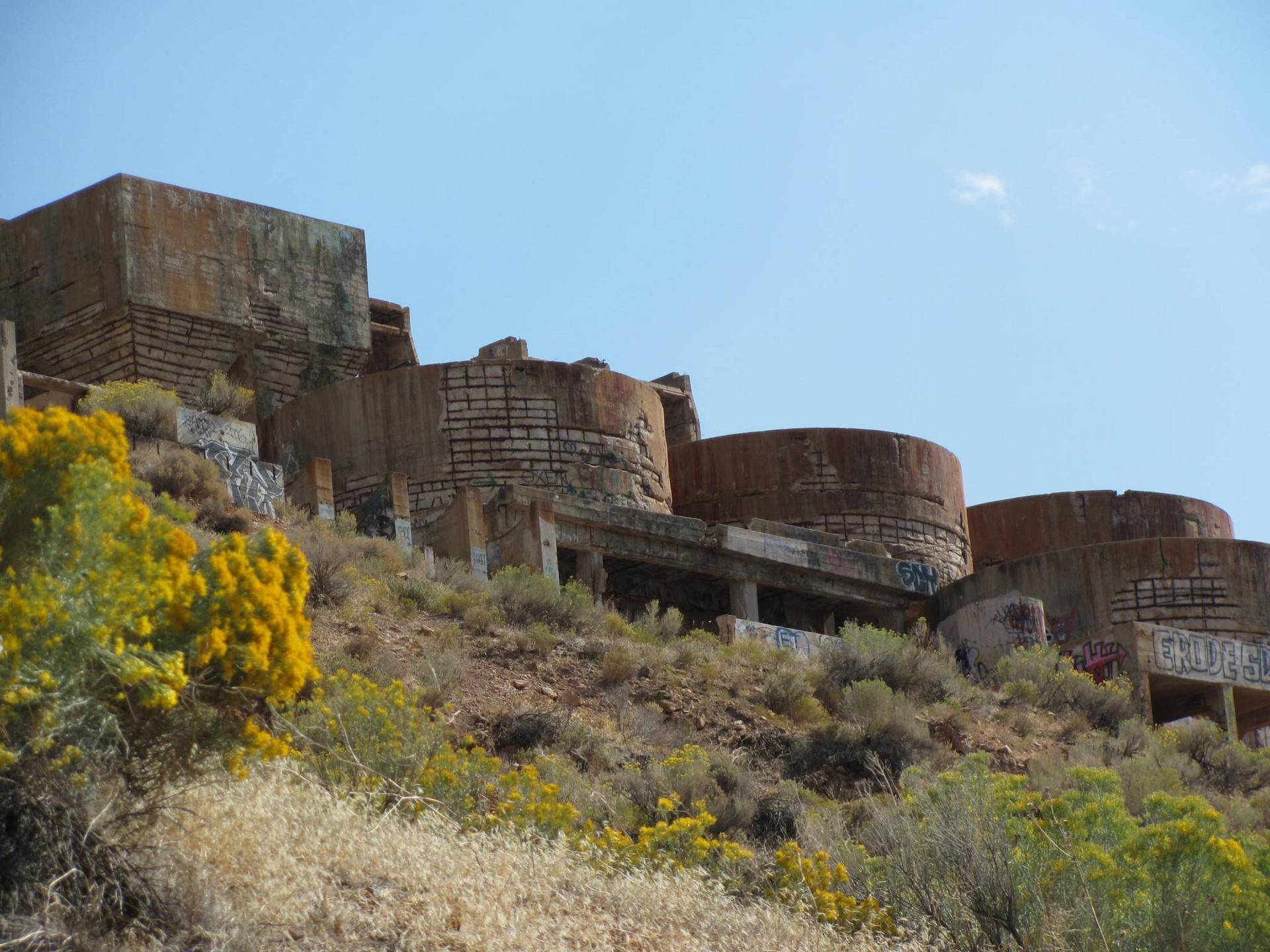DWR News Release
Roughly $3.4 million was allocated to selected habitat restoration projects at the recent annual Utah Division of Wildlife Resources Habitat Council funding meeting on April 19.
The DWR Habitat Council was created in 1995 by the Utah Legislature as a way to provide funds for the enhancement, preservation, management, acquisition and protection of fish and wildlife habitat, and for improving hunting and fishing access. These funds are a portion of the revenue from license, permit, stamp and certificate of registration fees related to hunting and fishing.
The Habitat Council consists of eight individuals who act as an advisory board. They provide recommendations regarding the use of the funds received annually each year from the sales of hunting and fishing licenses. Members include four public representatives and four DWR or Department of Natural Resources employees.
“We are very appreciative of the hunters and anglers who are the backbone of wildlife conservation,” DWR Habitat Conservation Coordinator Daniel Eddington said. “Anyone who buys a hunting and fishing license helps fund many of the crucial habitat restoration projects that help to maintain fish and wildlife populations for future generations to enjoy. Providing the necessary habitat for these species is crucial to their survival and requires ongoing restoration efforts as climate conditions continue to shift.”
This year’s license sales funding available to the Habitat Council totaled a little over $3.4 million and will help fund 88 projects over the next fiscal year (from July 1, 2023 to June 30, 2024). Several high-priority fish and wildlife projects will be funded, including:
-
Maintenance and improvements on wildlife management areas across the state: There are 194 wildlife and waterfowl management areas in Utah. These state-owned and -managed properties help to conserve critical habitats for wildlife, help minimize and mitigate wildlife depredation on private property and provide anglers and hunters (who provide funding for the WMAs through the purchase of a fishing or hunting license) a place to hunt and fish in Utah. This project received over $635,000 of the total funding.
-
Thousand Lakes habitat improvement: This project is the next phase of an ongoing habitat improvement project on the Thousand Lake mountains in Wayne County, an important winter range habitat for deer and a crucial migratory pathway for elk in the area. This phase of the project will remove 1,220 acres of invasive pinyon and juniper trees, which outcompete more beneficial plants for big game. Roughly $45,000 was allocated to the project.
-
Diamond Fork and Spanish Fork River Watershed Post Fire Restoration: This is the fourth phase of this project aimed at improving the area after it was burned by the Bald Mountain and Pole Creek Fires in 2018, which impacted fish and wildlife and their habitat in the area. The area will be cleared so it can be replanted with shrubs and plant seeds to restore big game habitat. Roughly $134,000 was allocated to this project.
-
Smith Park and Green Farm Ponds fishing docks: This project will provide a new fishing dock at the Smith Family Park community pond in Farr West to make it more accessible. West Haven has plans to develop a new community fishing pond — Green Farm Pond — and this project will help fund a fishing dock to make it accessible as well. Over $98,000 was allocated to this project.
“We are extremely grateful for other partners who help fund these projects as well, which are so critical for fish and wildlife,” Eddington said. “We wouldn’t be able to complete as many of these necessary conservation projects without these important partnerships.”
Since 2006, the Habitat Council program has:
-
Allocated over $40 million to complete 1,418 wildlife habitat projects across Utah
-
Improved over 322,505 acres of terrestrial habitat
-
Restored 1,900 miles of streams and rivers
-
Acquired 28,358 acres of land and waterways, now managed by the state or placed under permanent conservation easements for fish and wildlife
The recent Habitat Council funds are in addition to the $3.9 million in conservation permit funds that were allocated to wildlife research and additional habitat projects earlier this month. However, both funding programs use Utah’s Watershed Restoration Initiative, a Utah Department of Natural Resources partnership-based program, which serves as a centralized portal for funding and tracking the completion of these habitat-related projects.

